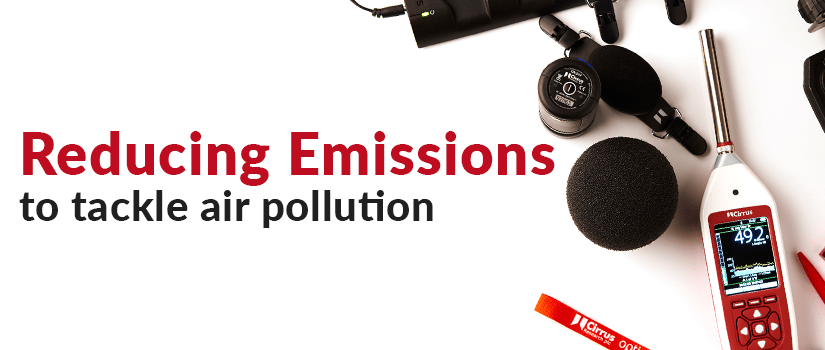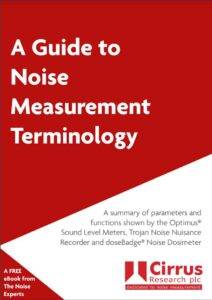Reducing emissions to tackle air pollution
We previously wrote a blog on understanding particulate matter, but we thought it was a good idea to delve deeper into air pollution and discover how reducing emissions can tackle the issue.
As mentioned in our previous blog, the most dangerous pollutant for human health is fine particulate matter, also known as PM2.5, which consists of toxic organic compounds and is produced by vehicles, landfill, wood burning, industry and farming.
The government and air pollution
In March of this year, the UK Government proposed to set air quality limits that would reduce levels of PM2.5 to 10 micrograms per cubic meter by 2040. This would mean a 35% reduction in population exposure compared to 2018.
With air quality targets continuously under review, industry must be prepared to assess and actively reduce emissions.
Impact on industry
PM2.5 refers to particles that are smaller than 2.5 micrometres and are widely spread by industry. In fact, according to a 2019 report by the Lord Mayor, the construction industry is responsible for 15% of all London’s particulates. This is down to the sheer amount of construction and demolition activity.
Thankfully for industries like construction and demolition, advances in air quality monitoring can help them to achieve the reduction in exposure for their workforce and the surrounding environment that they need.
Air monitoring technology
Instruments, such as the Quantum Outdoor from Cirrus Research, serve multiple purposes, including being able to publish real-time data that can ensure the relevant people act when necessary.
Without reliable data, it can be difficult to monitor your environmental impact and protect against potentially dangerous conditions. This is why more and more companies are taking advantage of air monitoring technology, and specifically boundary monitoring to measure and monitor risk levels and adhere to relevant environmental limits and guidelines.
Environmental monitoring solutions continually monitor the conditions on and around your worksite and are designed to be easy to set up and easy to use.
With instant access to air quality information, Quantum Outdoor provides you with a greater level of control over your environmental impacts. The addition of the new air sampling integration means you are able to detect key environmental pollutants, including gases such as carbon monoxide, carbon dioxide, nitrogen dioxide and nitrate.
The air quality sensor can detect particulates, too, including respirable particles with sizes PM 1, PM 2.5 and PM 10. What’s more, our PM 2.5 and PM 10 air quality sensors now have MCERTS too.
If you’re interested in learning more about Quantum Outdoor, you can visit our website and explore all the possibilities provided by our cloud-based environmental monitor.
Jaymee-lee Tolliday
Latest posts by Jaymee-lee Tolliday (see all)
- Turning Down the Volume: How the Trojan Noise Nuisance Recorder can help create a quieter world - 13th February 2024
- Festive Opening Hours 2023 - 6th December 2023
- Award of Excellence for Cloud-Based Monitoring Solutions 2023! - 20th November 2023


